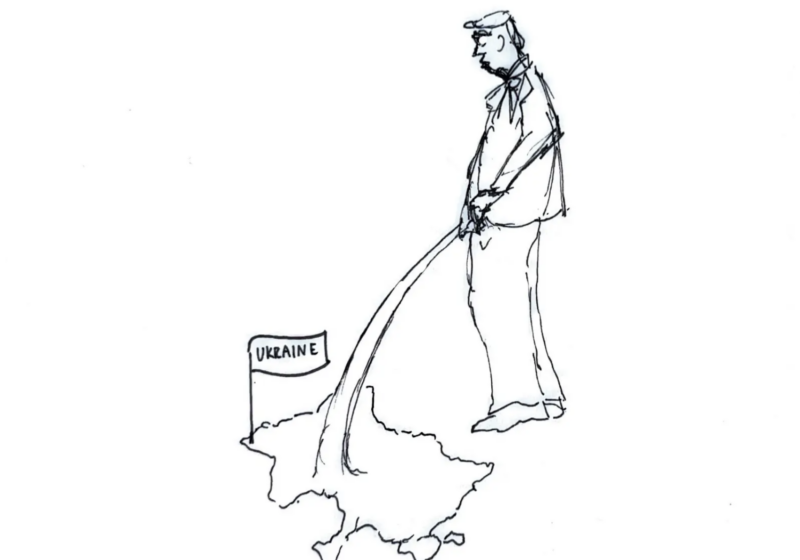I put my ideas in a little box, and save my world conquests for a rainy day. And like any good mechanic, I tinker.
This lede is an example of what can be found in the Notes app on my phone. I know it’s a bit artsy for a newspaper lede, but I was most likely writing this for an idea I had for an op-ed on the wonders of a good pen.
If you were to search “mearle4” on the Campus Times’ website, you’d find a pretty hefty collection of articles written by me for a range of sections at the paper. You may ask yourself, as I do from time to time, how does a writer get from point A to point B? How do they get from abstract thoughts to a fully written article?
I start with a sentence.
My articles all start on my Notes app or a random Google Doc. I might be listening to a new album, like Jessie Reyez’s “BEFORE LOVE CAME TO KILL US,” and think of a quick one-liner for a review. I’ll write the words down, and revisit them later.
My “Clone Wars” review was inspired by my questions surrounding the last episode: How are they going to finish this? Then my lede came to me: “How do you finish a story that the fans know the ending to? You give them a new beginning.” I was off to the races.
Mine isn’t the most effective way to write. Not all my thoughts come out coherent, and not all of them are relevant. I won’t even bring some pieces to the table sometimes because it looks like a tornado blew through the page. The sentences don’t always make clear connections to the idea I’m trying to bring out. Even when my articles do get published, I often look back and say, “I could have written that better. There should be a better transition between these paragraphs. I should have dug deeper.”
At the end of the day, I’m a college student who participates in a journalism club. I am a student journalist. This means that I’m a learner. I learn to communicate my thoughts better. I practice growth. I always take notes on the edits to my pieces and apply what I’ve learned from previous articles to future ones. I appreciate criticism; it’s the only way my writing will improve. My process becomes better, adapting the necessary lessons each time a piece passes through the gates of CT’s publishing process.
At college, we’re all learners. We’re here to study and grow.
But why does a Mechanical Engineering major and possibleInternational Relations double major put so much time into a journalism extracurricular?
It’s because I love wordplay, writing, and telling stories. I also love the people of the CT. They’re some of the most amazing people on campus. Spend 30 minutes with the people in the CT office and you will walk out with something valuable.
I encourage all of you to give writing for the CT a shot because everyone should practice communicating their ideas. You should be able to represent your thoughts and solutions to the world’s problems through different mediums. By writing for UR’s student paper, I get weekly practice in communication and expression.
That practice helps when I’m writing a STEM paper. I’m better at explaining my reasoning. I can connect paragraphs and figures better. I can even find multiple ways to express an idea. I can use different methods, take another approach, try something new, because that’s what I do every week as a Social Media Editor and writer for CT.
You don’t have to fully commit to the CT, but I encourage you to participate with us at some level.
If you’ve ever had an idea for an op-ed, wanted an excuse to attend an event, or found a really cool group on campus that would make a wicked a Features article, write it down in your Notes app. You don’t have to publish it right now. You can return to it on a rainy day. The staff at the Campus Times just want to hear your voice. It all starts with a sentence.





